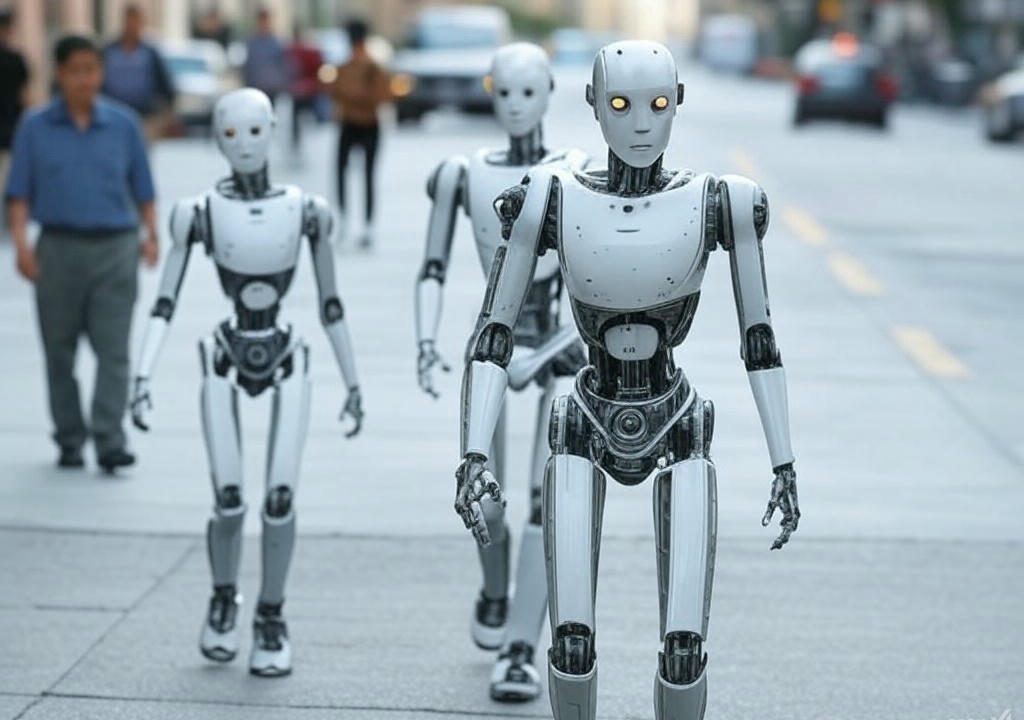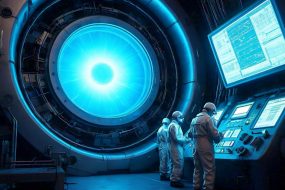
The Rise of Biohybrid Robots: Are We Ready?
Biohybrid robots, a fusion of living cells and synthetic components, are revolutionizing the field of robotics. These innovative machines have the potential to transform various industries, from healthcare to environmental conservation. But, are we prepared for the implications of biohybrid robots?
What are Biohybrid Robots?
Biohybrid robots are created by integrating living cells, such as muscle cells or neurons, with synthetic materials, like metals or plastics. This combination enables the robots to mimic the properties of living organisms, making them more efficient and adaptable. For instance, a biohybrid robot can use muscle cells to move and respond to its environment, much like a living creature.
Real-World Examples
- A biohybrid robot developed by researchers at the University of California, Los Angeles (UCLA), which uses muscle cells to move and respond to its environment.
- A biohybrid robot created by scientists at the University of Illinois, which uses neurons to control its movements and interact with its surroundings.
- A biohybrid robot developed by researchers at the University of California, San Diego, which uses living cells to clean up oil spills and other environmental pollutants.
Benefits and Applications
Biohybrid robots have numerous benefits and applications, including:
- Improved efficiency and adaptability in various environments
- Enhanced sensing and response capabilities
- Potential for use in search and rescue missions, environmental conservation, and healthcare
- Ability to interact with and respond to living organisms in a more natural way
Challenges and Concerns
While biohybrid robots hold great promise, there are also challenges and concerns that need to be addressed, including:
- Ethical considerations, such as the potential for exploitation of living cells and the need for clear guidelines and regulations
- Technical challenges, such as the need for reliable and efficient communication between living cells and synthetic components
- Safety concerns, such as the potential for biohybrid robots to malfunction or cause harm to humans or the environment
Conclusion
Biohybrid robots are a rapidly evolving field, with the potential to transform various industries and aspects of our lives. While there are challenges and concerns that need to be addressed, the benefits and applications of biohybrid robots make them an exciting and promising area of research. As we continue to develop and refine biohybrid robots, it is essential that we prioritize ethical considerations, technical challenges, and safety concerns to ensure that these innovative machines are used for the betterment of humanity and the environment.
For more information on biohybrid robots, visit:











